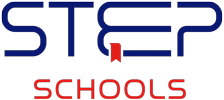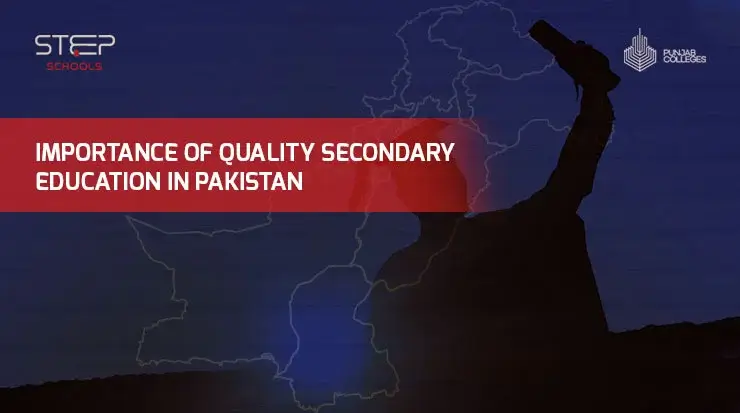Secondary education pertains to the peak of school education in Pakistan. It serves as a gateway to higher secondary education, which works as a foundation in addition to the secondary education years in professional education and career development. This is far more important for a child than what is being presumed. The article below discloses the importance of quality education in Pakistan.
Secondary Education Years in Pakistan
Secondary education represents the education block after middle education. In Pakistan, till class eight (8), a student counts as a middle-level student. In classes 9 and 10, the student gets promoted to secondary education in Pakistan.
The secondary education level comprises two years, collectively known as matriculation. These 9th and 10th years of school education are foundation years, as the student opts for the subjects they want to pursue as a professional career in their life. Therefore, these years are critical and often emphasised to score the best to land the best institution.
Future Impact of Secondary Education
The secondary education years are the years of board examinations. Students choose the majors as Biology, and Computer, with Chemistry, Physics, and Mathematics to opt for medicine or engineering lines in their intermediate.
However, the board examination for classes ninth and tenth is taken separately. These are arranged by the boards of intermediate and secondary education, divided into several boards throughout the country.
A Gateway to Higher Secondary Education in Pakistan
Students prepare hard and fast to appear and score their best in these two classes’ board exams. The score decides their fate to land in the college of their choice in the intermediate level of education. Every student has dreams of having a successful career through a successful landing in the college of their dreams. It passes through the years of secondary education.
Several intermediate colleges are offering educational services to students nationwide. However, some institutions are ranked as the top institutions in their line. Therefore, the majority of students try to land there. However, only cream of students every year succeeds in landing at top-tier institutions.
Dependency of Career Potential on Secondary Education
After landing at the higher secondary institution, the students again put in efforts for another couple of years to clear out the foundation education in their chosen career. The intermediate is further divided into FSC pre-medical, pre-engineering, ICS, ICOM, and FA. Students chose their respective fields of medicine, engineering, computers, commerce, or arts.
After clearing their higher secondary education, they get a chance to land a professional institution to pursue their professional degree. There are quality-oriented, top-tiered professional institutions for a variety of lines.
Strict meritocracy is being followed in admissions. Therefore, it becomes essential for students to bag high scores to land their preferred line and college to pursue the career of their dreams. In the university, undergraduate admissions are made on the combined secondary and higher secondary education marks.
Before Secondary Education Comes Primary Education
However, to ensure that students have good scores in the secondary level of education. It is crucial to have a robust and sturdy base at middle and primary level education to support future education in all respects.
Students are taught various subjects in primary and middle classes. Yet, it is a general observation that students need to be brighter in some schools and in some, they do wonders. The difference arises due to the education policy of schools.
Therefore, good schooling is a vital element of a successful student. A school that offers a rich syllabus and qualified and empathetic teachers with robust support of the latest trends is the one ideal form of institution.
Quality School Education Providers- Step Schools
Step schools understand the needs of the 21st century. Likewise, being aware of the level of competition, Step Schools prepare their students for the future. Introducing students to the latest and demanded subjects of Robotics and Coding, the school is committed to making students aware of their talents and interests and helping them choose their desired careers after spending momentous time with various subjects.
In addition, students are taught through the techniques of project-based learning (PBL) programs at Step Schools. When all this is combined with Science, Technology, Engineering, Arts and Mathematics (STEAM), students become more experienced in all the major lines at the initial education stages. Step Schools also provides technological aiding facilities for their students to become more digitally capable and learned.
At secondary education levels, the students are provided with proper student counselling services, especially to appear in national secondary board exams.
Conclusion
Secondary education is a base of a bright future for today’s students as they are tomorrow’s professionals and leaders. Hence, providing quality secondary education is essential, and without a robust foundation in primary and middle education, students face deficiencies in future years.



